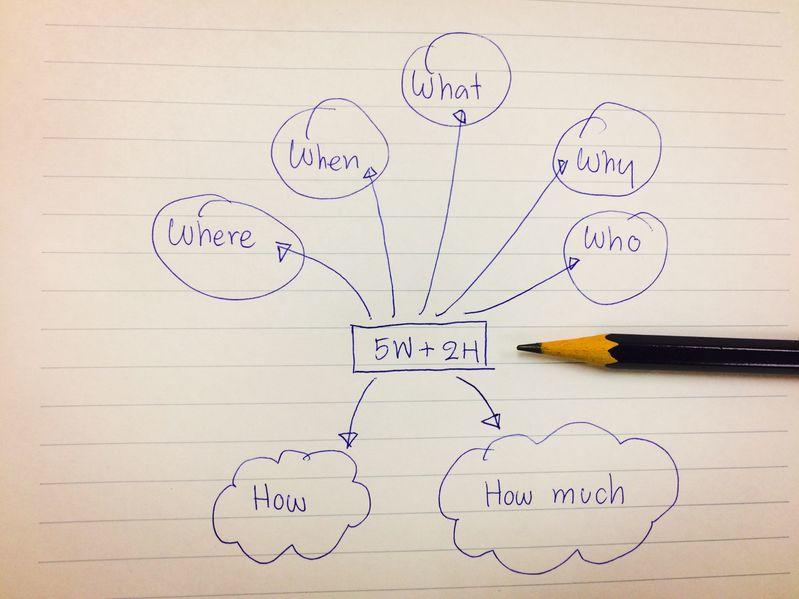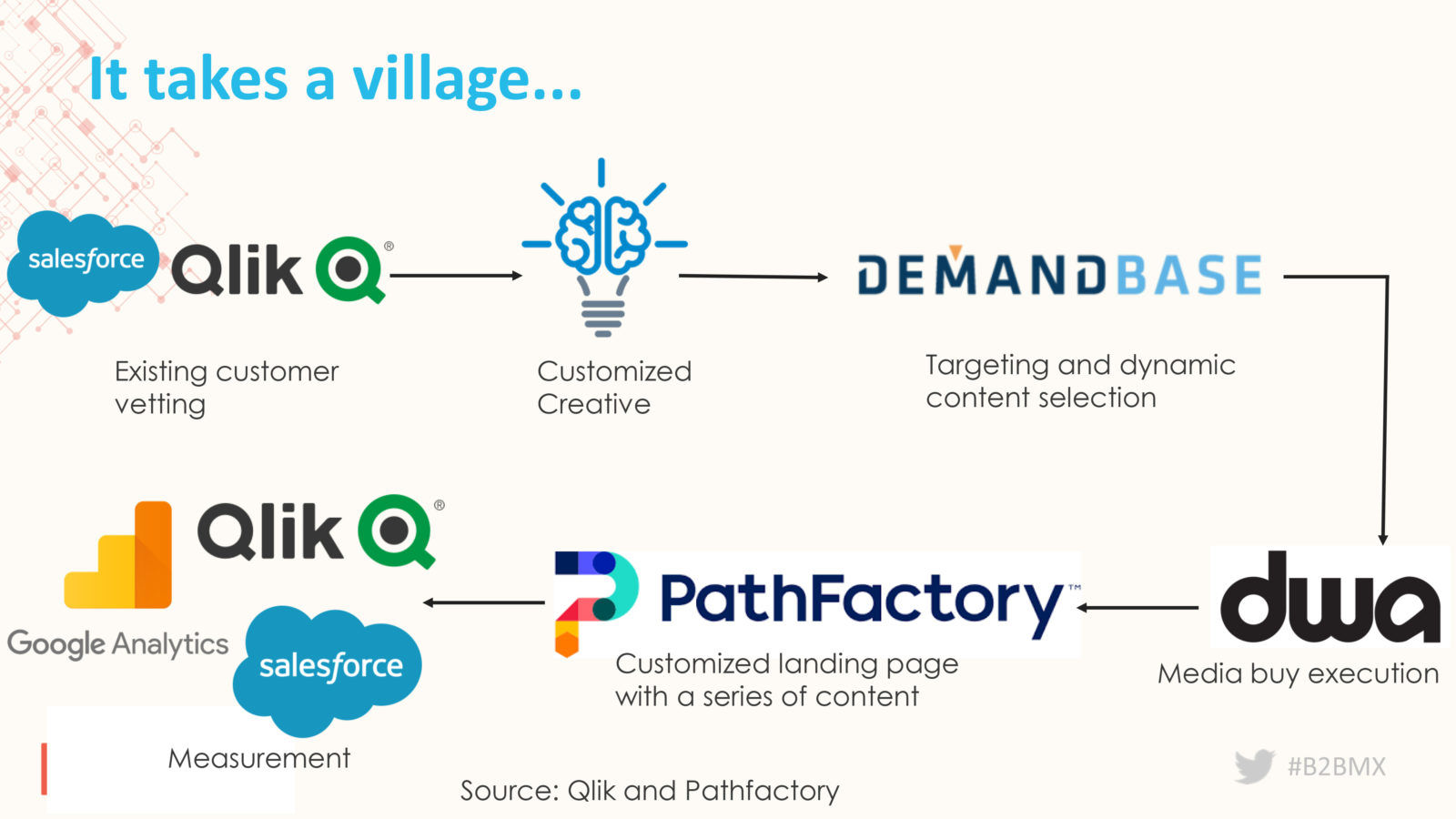
Sales and marketing ask different questions which leads to different data needs.
What can we do to solve the fundamental differences between sales and marketing?
- Explain why sales and marketing are different
- Show how ABM can tie sales and marketing together
- Illustrate why marketers working on ABM need to go beyond who, what and when
I had an epiphany talking to Rob Clarke, co-founder of Strala, at Martech West in early April.
Rob’s company created a turnkey platform that allows you to standardize UTM parameters to track all your online and offline marketing outreach. His tool was conceived based on the 3 key questions that marketers often ask: who, what and when.
Marketing focuses on Who, What, and When
- Who are they?
- What did they do throughout the buyer journey?
- When did they do? What action did they take? What content did they consume?
If you have a standard tracking system with integration to your marketing automation, CRM, POS (point of sales), eCommerce and other platforms, you can see a series of actions that prospects go through their journeys.
With all the information in one place, hopefully, you get some insights to determine the next steps to nurture and drive better conversions.
If you tie that information to your budget, you can see which marketing channels perform better and adjust your marketing budget accordingly.
My conversation with Rob prompted me to think about what salespeople would like to know when they talk to prospects.
Sales focus on Why, How Much, in addition to Who, What, and When
Salespeople also like to know who, what, and when, but their what and when, are different from marketers’. Most importantly, salespeople want to know why and how much.
- Who are they?
- Why are they interested in our products? Why did they contact us?
- How much budget do they have?
- When do they want to buy? What is their budget cycle?
- What challenges do they have?
- Which of our offerings can solve their challenges?
- What else can I do to help them?
Even if sales and marketing are talking to the same prospects, the way they communicate and the information they gather are fundamentally different.
Obviously, one focuses on top of the purchase funnel, while the other focuses on the bottom of the funnel. One focuses on awareness-building, while the other focuses on how to move prospects to different sales stages to close deals.
Understanding the Questions Sales Asks is the Key for Account-Based Marketing (ABM)
I don’t think that the fundamental differences will ever go away. However, with the rise of digital marketing, email, website, and social media are becoming powerful tools for sales and not just marketing.
Therefore, it’s sensible for sales and marketing to work together to tackle key strategic accounts through a comprehensive sales game plan with targeted marketing campaigns. That’s where account-based marketing (ABM) comes in.
For marketers working with sales on ABM, you need to go beyond marketer’s questions of who, what and when and dive deeper into sales’ perspective on who, why, how much, what, and when. The information you gather should be account-specific, which is also different from general buyer personas.
ABM, in a way, is a customized marketing outreach to a specific group of individuals in a company or industry segment.
By understanding the questions that sales ask and the current engagement status, you can understand the barriers that hinder deal closures. Then, you can determine appropriate marketing tactics with relevant content to mitigate those hurdles.
Case Study: Qlik and Pathfactory
Qlik’s sales and marketing team identified 220 existing accounts that had not fully engaged with Qlik’s offerings.
The marketing team ran a paid retargeting campaign by creating 100 customized banner ads in 5 industry verticals. They had to customize creative, messaging, and calls to action.
In addition, they needed to track engagement and KPIs. It’s impossible to manage the whole process manually, therefore, they needed to determine a martech workflow to run the campaign.
As you can see in the slide below, Melissa Alonso, Director of Global Strategic Account Marketing at Qlik, used a plethora of tools and platforms to manage the effort, from account selection, creative customization, dynamic content selection, media buy, and customized landing pages to measurement.
Source: Qlik and Pathfactory
Create menu-like ABM Options
ABM is challenging, because of its lack of ability to scale. Different accounts may need different ABM tactics. You need to create menu-like ABM marketing campaign options and use these options to drive conversations with the sales team.
For each menu item, you need to establish a process with MarTech tools so that you can create a campaign easily. A paid media campaign with banner ads is one option. An invitation-only customer event for hyper-targeted accounts can be another option.
Sending customized packages with customized content and personalized gifts can be another option. For each option, you need to have a process in place, who is doing what and when so that the campaigns or outreach can be done quickly and efficiently.
It’s amazing that a short conversation with Rob Clarke really gave perspective to the different questions asked by sales and marketing. I am able to explain the fundamental differences between sales and marketing and better help my clients with their sales and marketing alignment and ABM implementation.
If you want to know how to create a la carte menu of ABM campaign options, please reach out. Let’s brainstorm together. It’s free!




